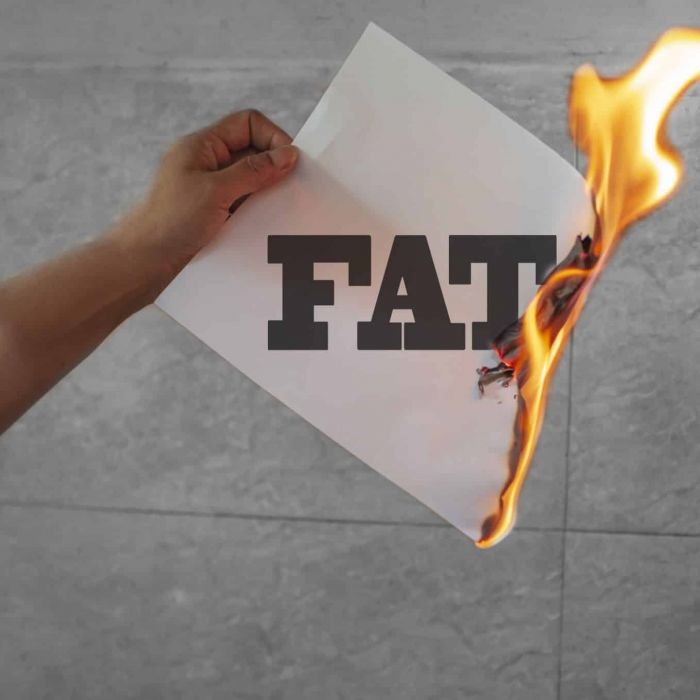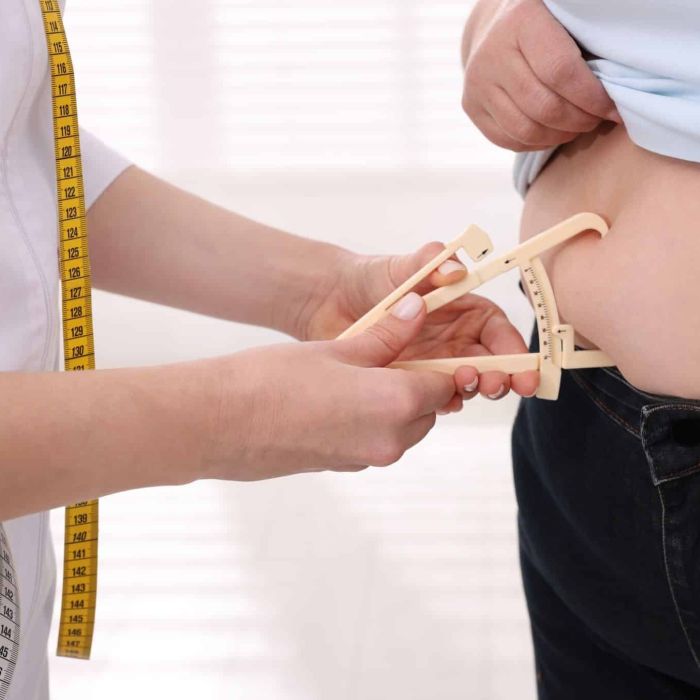While dinner is traditionally the heaviest and heartiest meal of the day, following this tradition may prevent you from losing weight (especially those last few stubborn pounds of fat).
Eating a large quantity of food later in the day (and closer to bed time) encourages fat storage and may even lead to gradual weight gain. The primary goal of this “slimmer waistline” plan is to get the majority of your calories in the early, more active part of your day when you have more opportunities to burn them off.
More importantly, come the evening time you won’t feel famished and won’t feel the need to overeat. An additional goal of this plan is to keep your blood sugar levels stable and metabolism increased to fight off fat storage and nighttime cravings.
Dr. Salge-Blake explains that you can achieve this by eating your last meal (around 350-450 calories) three to four hours before bedtime and by reserving 30% of your dinner calories from protein, 25% from healthy fats, and 45% from carbohydrates. So what should your dinner plate look like?
Well, if you were to divide your plate into 50% colorful, fiber-rich vegetables (like grilled Portobello mushrooms or boiled broccoli), 25% lean protein (like 4 oz grilled chicken or grilled tilapia), and 25% whole grains (like quinoa, brown rice, or a small baked sweet potato) then you will meet the guidelines for a healthy dinner “fit for a pauper” and you will feel satisfied and have stable blood sugar levels throughout the night.








